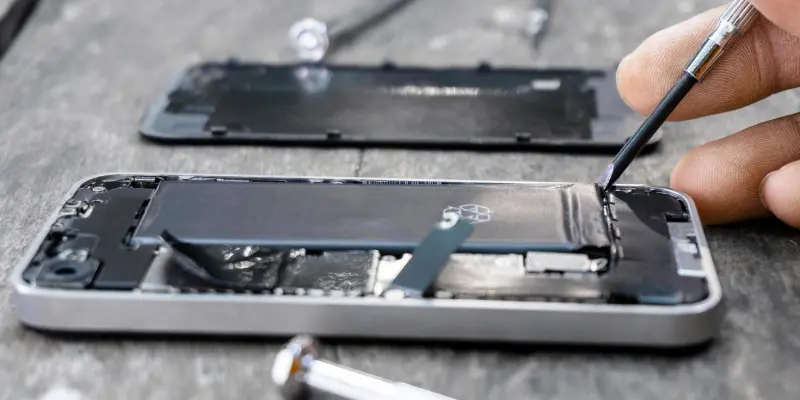Realme’s latest unveiling of a concept phone in India has sparked interest with its extraordinary features that promise to redefine battery technology. At the forefront of this innovation is a 10,000mAh battery, coupled with unprecedented support for 320W wired fast charging. This concept phone is part of the anticipated Realme GT 7 series, and its design showcases groundbreaking elements that capture the imagination of tech enthusiasts. Among these is the Mini Diamond Architecture, aimed at optimizing internal layout, and a semi-transparent back cover adding to its futuristic allure. Moreover, it boasts the world’s narrowest Android mainboard, measuring just 23.4mm. The phone integrates a battery with an ultra-high silicon-content anode, setting a new industry benchmark in energy density at 887Wh/L. This potentially translates to days of usage on a single charge. Although its commercial release remains uncertain, the buzz surrounding Realme’s innovation spotlights its commitment to advanced technology and enhanced user experiences.
Innovations in Battery Design
Realme’s venture into fundamentally transformed battery technology introduces exciting possibilities with its concept phone, poised to revolutionize energy storage and efficiency. The inclusion of an ultra-high silicon-content anode in the phone’s battery signifies a pivotal shift in industry standards, highlighting a notable 10 percent silicon ratio. This high silicon concentration not only elevates the battery’s energy density to an impressive 887Wh/L but also amplifies performance capabilities, offering users the potential for enduring battery life. Such advancements ensure that the device can potentially operate for extended periods on a single charge, promising to upend traditional limitations associated with smartphone usage and reduce the frequency of recharge cycles. Beyond that, this pioneering technology suggests enhanced thermal management and improved safety features, addressing some of the common concerns surrounding high-capacity batteries. Realme’s innovative approach thus paves the way for smarter, more resilient battery solutions, raising expectations across the tech landscape.
Design and Performance Enhancements
Realme’s GT 7 series not only introduces groundbreaking battery technology but also integrates it into a concept phone that promises superior design and performance. Apart from its robust battery capabilities, the GT 7 impresses with its design innovation through a Mini Diamond Architecture facilitating internal layout optimization. This meticulously crafted architecture, along with a semi-transparent back cover, lends the phone a futuristic and sleek appearance, attractive to potential users. Furthermore, the integration of the world’s narrowest Android mainboard, measuring a mere 23.4mm, reduces spatial constraints, allowing for efficient placement of components and enhancing overall device performance. Alongside its design marvels, the GT 7 series teases advanced features, including models equipped with a MediaTek Dimensity 9400+ SoC and a formidable 7,200mAh battery. These devices are expected to deliver optimized, high-speed processing capabilities alongside extended battery life. Such enhancements underscore Realme’s strategic focus on combining aesthetic appeal with unparalleled functionality.
Future Implications and Considerations
Realme’s recent introduction of a concept phone in India is generating buzz with features that aim to revolutionize battery technology. The standout feature is a massive 10,000mAh battery, which supports an unparalleled 320W wired fast charging capability. This phone is anticipated to be part of the Realme GT 7 series, showcasing innovative design elements that captivate technology enthusiasts. Notably, it features the unique Mini Diamond Architecture, which enhances the internal layout, along with a semi-transparent back cover, lending it a futuristic appearance. Additionally, it boasts the world’s slimmest Android mainboard at just 23.4mm wide. The battery incorporates an ultra-high silicon-content anode, setting a new industry standard in energy density at 887Wh/L, potentially allowing users to enjoy multiple days of usage on a single charge. While its commercial launch is yet to be confirmed, the excitement surrounding Realme’s innovation underscores its dedication to advancing technology and improving user experiences.

